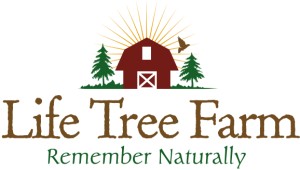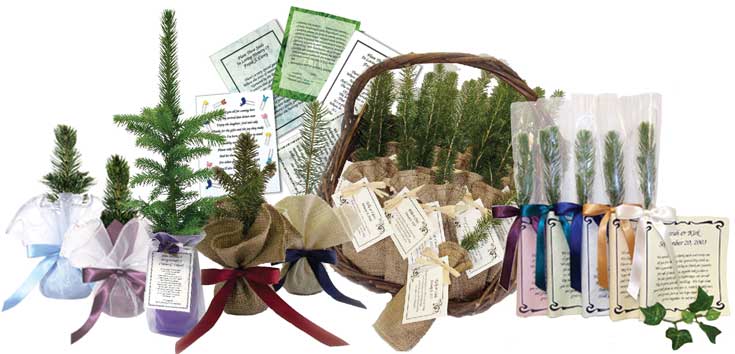 Nancy Burban: It is my pleasure to interview Jeff Staab, a funeral director for over 20 years and a renowned cremation solutions specialist. He is also the owner of www.lifetreefarm.com , a provider of green cremation products and services to funeral homes. For the past 20 years, Jeff has been the leading authority on scattering ashes.
Nancy Burban: It is my pleasure to interview Jeff Staab, a funeral director for over 20 years and a renowned cremation solutions specialist. He is also the owner of www.lifetreefarm.com , a provider of green cremation products and services to funeral homes. For the past 20 years, Jeff has been the leading authority on scattering ashes.
Jeff Staab: Thank you, Nancy for chatting with me about green cremation products and scattering of ashes.
Nancy: We’ve been friends for many years and since we are both very invested in “green burials” and now “green cremation”, it made sense to ask you what you see on the horizon for both cremation and the greening of cremation.
Jeff: Let’s start with cremation. Cremation is the fastest growing disposition in the death care industry, not only in the USA, but worldwide. Over 43% of the population in the USA is now being cremated and over 50% in Canada. In some states like California, the numbers are approaching 70%.
Nancy: Why are some states like California so high?
Jeff: Two big reasons come to mind. First the high cost of burial plots in California. You can spend anywhere from $7,000 -$15,000 in some areas. That’s before the cost of a funeral. Second, many people are living longer and selling their burial plots to be able to afford food and shelter.
Nancy: A third reason is also because many people are eco-friendly. That is also a big factor in the new natural cremation aka alkaline hydrolysis growing in demand.
Jeff: Yes, absolutely. I cremation takes the focus off the body and let’s people focus more on the life. It also gives the family more time to create a more personalized event that reflects more on the unique qualities of the life lived.
Nancy: Jeff, you are undoubtedly the go to person for both cremation and memorialization. Can you share what new trends that you are seeing nationwide?
Jeff: With the combination of Baby Boomers seeking personalization and the eco-friendly green movement, we are seeing more and more survivors turning to nature to connect with life and each other. In fact in a poll was conducted by The Wirthlin Report and when people were asked to choose a memorial, the #1 choice was a living memorial such as a tree. Trees not only mark a life well lived, they also create a space of comfort and healing. Recent studies have shown that patients in hospital rooms with a view of trees heal faster and school children learn better when exposed to green spaces. Trees help us to experience our natural heritage and connect with our deeply held spiritual and cultural values.
Nancy: That’s very interesting. Are these trees given at visitation or a celebration?
Jeff: Funeral Directors can offer living trees to client families for their families and to share with those in attendance, as a way of remembering and memorializing the decedent’s life. When a living tree is not practical, alternatives are available like seed packets or a tree planting program. It’s a beautiful, eco-friendly, green product with the personalization that families appreciate and treasure.
Nancy: Jeff, you are also a big advocate of scattering. Are there any new trends in this area?
Jeff: Yes, I have been working with a company out of Israel who offer a unique service in which families can send their loved one’s cremains, or part of the cremains to the Holy Land, where Jesus lived and have them professionally scattered in a protected, sacred garden. It’s called Holyland Ash Scattering It’s a very spiritual type of celebration. Families receive a DVD of the ceremony & a numbered certificate of scattering.
Nancy: That seems like a beautiful way to deal with families who are conflicted about cremation. Send your loved ones back to the birth of civilization. Can the loved ones visit the site?
Jeff: Yes, you can visit the site and pilgrimages to the Holy Land are life changing. The families can also watch the DVD on the one year anniversary if they cannot visit the Holy Land.
Nancy: What other trends are you seeing with cremation?
Jeff: Cremation jewelry is increasing. Jewelry that holds the loved one’s ashes or Fingerprint jewelry which is jewelry made from a fingerprint etched in silver and gold are popular. You can even get a cremation diamonds and cremation crystals made from a loved one’s ashes.
There are also some beautiful wooden urns and ceramic urns which are a work of art that are becoming popular. Personalization is the commonality. Baby Boomers want memorialization.
Nancy: So, the prevailing theme is eco- friendly, green and personalization?
Jeff: Especially with cremation. People want ceremonies. They want to leave a part of themselves behind to be remembered.

For example, Birdhouse Memorial Urns are starting to catch on. They’re designed to enhance the memorialization process and stimulate ceremony for families who choose to scatter the ashes of their loved ones. Death care experts have often say that families who choose to scatter, should either mark the location of the ashes with a memorial or when that is not possible have a memorial placed close to home. It is important for the grief process to have a focal point where survivors may come to reflect and hold on to precious memories.
Nancy: Bird Houses? They’re beautiful but how does that work?
Jeff: Well, they are elegant enough to be displayed during any part of the funeral process and functional in the way they are easily able to disburse the earthly remains back into nature.
After the ashes are scattered the urn converts into a fully functional, beautiful birdhouse. They provide a lasting tribute as a true Living Memorial.
Nancy: Great idea, especially for the many “Birders” and nature lovers who are seeking unique ways to scatter their cremains. So, let’s go full circle and discuss scattering. Is it becoming the new trend?
 Jeff: Finally! I have been advocating scattering for many years and now scattering is the fastest growing disposition of cremated remains. It is now the #1 choice compared to other options. Those that choose to scatter are having a higher satisfaction rate than those that choose other options. I estimate that over 50% of those being cremated are now scattering. According to the Wirthlin Report up to 59% of interviewed in a recent poll said they prefer scattering. From exotic locales like Bali or Tahiti to the Grand Canyon to the San Francisco Bridge to the Holy Land, everyone has an idea of where their final resting place would be & that’s where they want to be scattered.
Jeff: Finally! I have been advocating scattering for many years and now scattering is the fastest growing disposition of cremated remains. It is now the #1 choice compared to other options. Those that choose to scatter are having a higher satisfaction rate than those that choose other options. I estimate that over 50% of those being cremated are now scattering. According to the Wirthlin Report up to 59% of interviewed in a recent poll said they prefer scattering. From exotic locales like Bali or Tahiti to the Grand Canyon to the San Francisco Bridge to the Holy Land, everyone has an idea of where their final resting place would be & that’s where they want to be scattered.
Nancy: Thank you Jeff for sharing your insights to cremation, scattering and some of the new trends out there.
Jeff: It’s been my pleasure. If anyone wants to know more about the new trends or about the ones I spoke about, they can find me on Facebook. I would be happy to discuss this exciting topic. Please check out and “Like” my Facebook page Click Here
Reach Nancy Burban at nburban@sbcglobal.net
http://www.facebook.com/NancyBurban
She’d love to hear your feedback.

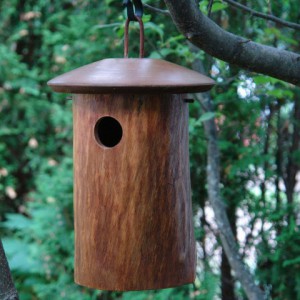
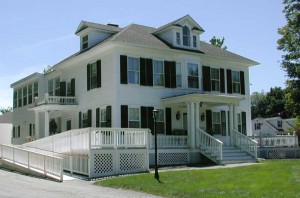
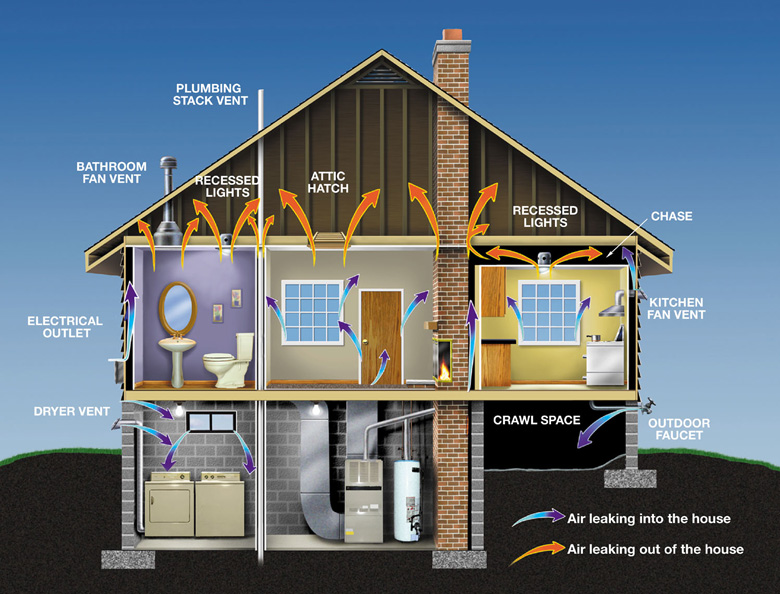



 when the news breaks of a death that has been announced. Funeral homes and churches have a “wake,” “visitation” or calling hours, where survivors friends and family gather to pay their respects and tributes to the family. Proper funeral flower etiquette is to send funeral flowers or plants to the funeral home or church prior to the first visitation hours. If you are late in sending flowers and can not have flowers arrive in time for the first visitation it is still appropriate to send funeral flowers as long as they arrive prior to any additional visitations. If you have not sent funeral flowers in time for them to arrive prior to the last visitation you may want send funeral flowers or a living funeral plant to the family at their home. Some people insist upon sending last minute funeral flower orders to the funeral home or church and some people insist upon having last minute funeral flower deliveries made directly to the graveside service. This is not considered proper etiquette as it is very disruptive and inconsiderate to have funeral flower deliveries arriving during the service. In many instances, last minute funeral flower orders are lost in the commotion of the funeral service and in other instances funeral directors will not accept last minute flower deliveries.
when the news breaks of a death that has been announced. Funeral homes and churches have a “wake,” “visitation” or calling hours, where survivors friends and family gather to pay their respects and tributes to the family. Proper funeral flower etiquette is to send funeral flowers or plants to the funeral home or church prior to the first visitation hours. If you are late in sending flowers and can not have flowers arrive in time for the first visitation it is still appropriate to send funeral flowers as long as they arrive prior to any additional visitations. If you have not sent funeral flowers in time for them to arrive prior to the last visitation you may want send funeral flowers or a living funeral plant to the family at their home. Some people insist upon sending last minute funeral flower orders to the funeral home or church and some people insist upon having last minute funeral flower deliveries made directly to the graveside service. This is not considered proper etiquette as it is very disruptive and inconsiderate to have funeral flower deliveries arriving during the service. In many instances, last minute funeral flower orders are lost in the commotion of the funeral service and in other instances funeral directors will not accept last minute flower deliveries.